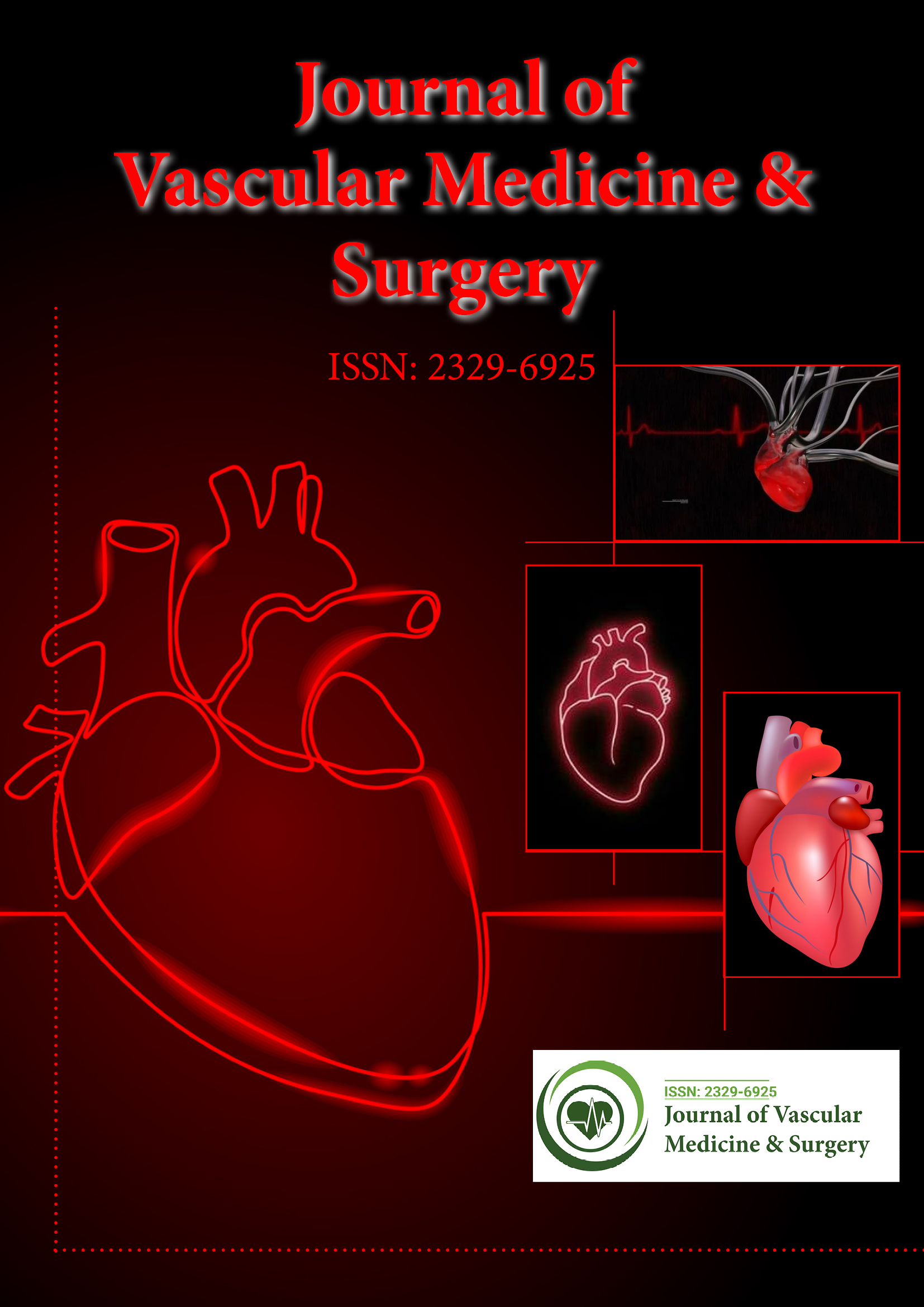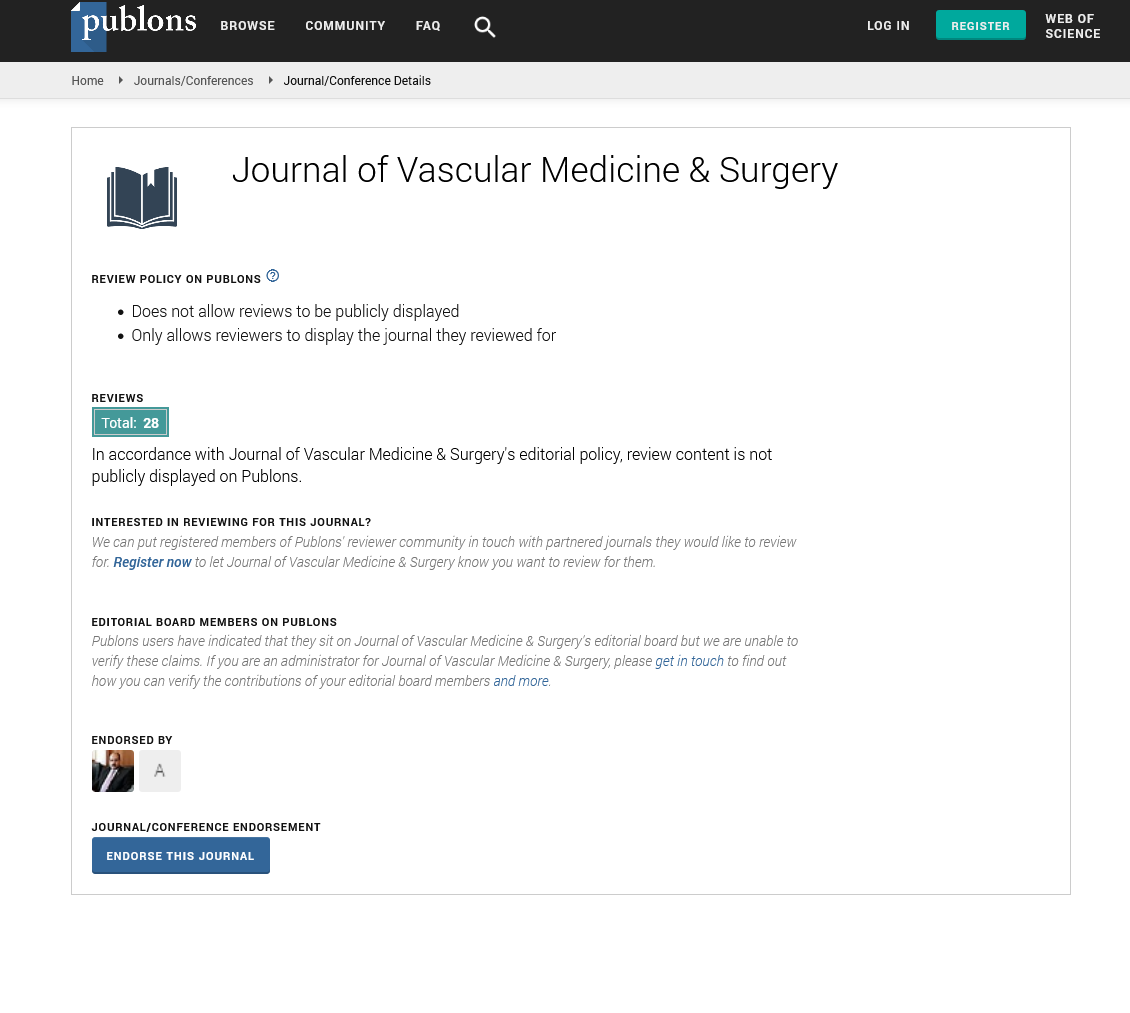Indexed In
- Open J Gate
- Academic Keys
- RefSeek
- Hamdard University
- EBSCO A-Z
- OCLC- WorldCat
- Publons
- Euro Pub
- Google Scholar
- SHERPA ROMEO
Useful Links
Share This Page
Journal Flyer

Open Access Journals
- Agri and Aquaculture
- Biochemistry
- Bioinformatics & Systems Biology
- Business & Management
- Chemistry
- Clinical Sciences
- Engineering
- Food & Nutrition
- General Science
- Genetics & Molecular Biology
- Immunology & Microbiology
- Medical Sciences
- Neuroscience & Psychology
- Nursing & Health Care
- Pharmaceutical Sciences
Commentary Article - (2022) Volume 0, Issue 0
Prevalence of Thrombosis in Patients and its Classification
Nicoletta Ageno*Received: 16-Nov-2022, Manuscript No. JVMS-22-19500; Editor assigned: 18-Nov-2022, Pre QC No. JVMS-22-19500 (PQ); Reviewed: 02-Dec-2022, QC No. JVMS-22-19500; Revised: 09-Dec-2022, Manuscript No. JVMS-22-19500 (R); Published: 19-Dec-2022, DOI: 10.35248/2329-6925.22.S13.495
Description
The structure of a blood clot inside a blood vessel, preventing the flow of blood through the circulatory system is referred to as thrombosis. When a blood vessel (a vein or an artery) is affected, the body forms a blood clot by using white blood cells (thrombocytes) and thrombin to prevent blood flow. When blood vessels are damaged, blood clots can form in the body under certain conditions. Emboli are a blood clot or a section of a clot that loses control and begin to travel around the body.
Thrombosis can occur in either the veins or the arteries (arterial thrombosis). Venous thrombosi s is also kn own as Deep Vein Thrombosis (DVT), which causes a blood clot in the affected area of the body, whereas arterial thrombosis, and in rare instances, severe venous thrombosis disrupts the blood flow and damages the tissue provided by a certain artery (ischemia and necrosis). An embolus is a section of an arterial or venous thrombus that forms and travels through the vascular system to process in another location as an embolism. A thromboembolism is a special type of embolism. When a Venous Thrombo-Embolism (VTE) places in the lung as a pulmonary embolism complications can occur. An arterial embolus can flow down the affected blood vessel and obtain as an embolism.
Types of Thrombosis
Arterial thrombosis
A blood clot that blocks an artery is referred to as arterial thrombosis. Arteries are vessels that transport blood from the heart to other parts of the body. Arterial blood clots can inhibit blood flow to the heart and brain, resulting to a heart attack or cardiac arrest.
Venous thrombosis
A blood clot in a blood vessel is referred to as venous thrombosis is also known as venous thromboembolism. Veins transport blood from other parts of the body to the heart. VTE is a generic term for Deep Vein Thrombosis (DVT) and Pulmonary Embolism (PE).
Symptoms of thrombosis which include: one leg is affecting (usually the calf or inner thigh), swelling in the deep veins, cardiac pain, one side of the body is desensitized or inferior, and changes in the psychological condition that occur suddenly.
Risk factors for thrombosis
Many risk factors for both venous and arterial thrombosis are similar. Risk factors for venous thrombosis which include: A family medical history of a blood clot in a pulmonary artery is also known as Deep Vein Thrombosis (DVT), deep vein thrombosis's History, hormone replacement therapy or birth control medications, childbirth, a blood vessel injury caused by surgery, a bone fracture, or other trauma, blood clotting disorders that are inherited, the peripheral intravenous implants, older adults, smoking, obesity or being overweight, some medical conditions, such as cancer, cardiovascular disease, and pulmonary disease. Risk factors for arterial thrombosis which includes: smoking, diabetes, blood pressure is high, high cholesterol levels, obesity and loss of physical activity, dietary limitations, and there is a genetic predisposition of arterial thrombosis.
Thrombosis complications can prevent blood flow in both veins and arteries. The area of the thrombosis determines the difficulties. Blood clot, heart attack, and severe breathing problems are some of the most severe difficulties. Thrombosis, when treated by a healthcare professional will develop a treatment plan based on the following aspects: age, physical condition, and medical information, if the condition is mostly to deteriorate, and tolerate specific medications, treatments, or therapies. Effective treatments include: Bloodthinning drugs (anticoagulants), catheters are thin tubes that are used to expand the affected vessels, mesh tube (stent) that holds a blood vessel open and stops it from closing, medicines which reduce or dissolve blood clots.
Citation: Ageno N (2022) Prevalence of Thrombosis in Patients and its Classification. J Vasc Surg. S13:495
Copyright: © 2022 Ageno N. This is an open access article distributed under the terms of the Creative Commons Attribution License, which permits unrestricted use, distribution, and reproduction in any medium, provided the original author and source are credited.

